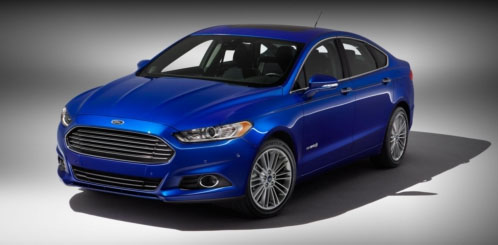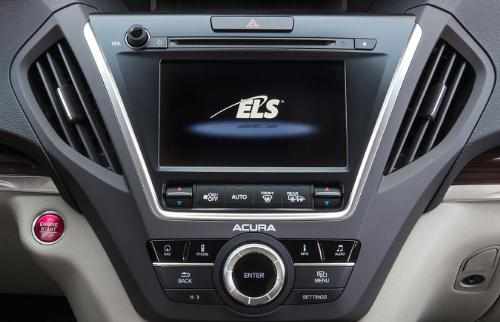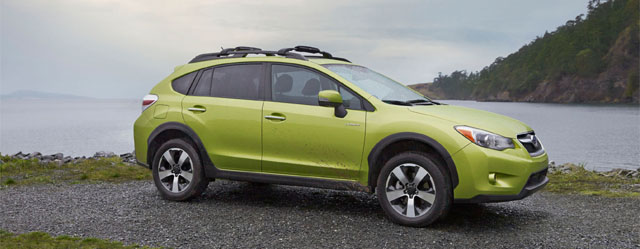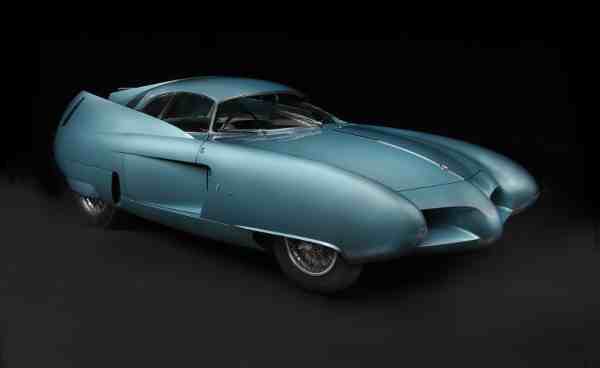Panasonic Battery Cells for Ford Hybrid Vehicles
Panasonic Corporation today announced that it will supply lithium-ion battery cells for Ford Motor Company’s hybrid and plug-in hybrid vehicles.
The upcoming models of the Ford Fusion Hybrid Electric and C-Max Hybrid Electric as well as the Ford Fusion Energi and C-Max Energi plug-in hybrids will use Panasonic battery cells in combination with a gasoline engine. It was announced today, Feb. 24.
[ Also Read: How Google Drives Honda Electric Vehicle ]With growing environmental concerns and escalating oil prices, demand for rechargeable batteries for eco-friendly vehicles is expected to grow rapidly. Panasonic is building up its battery business to meet such demand.
The company is already supplying nickel-metal hydride (Ni-MH) battery cells and systems for hybrid electric vehicles to a growing number of automotive manufacturers around the world, including Ford Motor Company as well as lithium-ion battery cells and systems for hybrids, plug-in hybrids and electric vehicles.
[ Also Read: How Nissan Runs on Social Media ]The lithium-ion battery supply agreement with Ford Motor Company builds on a long-term partnership between the two companies. SANYO Electric Co.,Ltd , which was acquired by Panasonic last year, has been supplying Ni-MH battery systems for the Ford Escape hybrid vehicle since 2004.
The company’s battery systems have been powering the Ford Escape Hybrid, and the company’s battery cells have been powering the Ford Fusion Hybrid, and Lincoln MKZ Hybrid.
The partnership now expands to lithium-ion battery cells for the four Ford hybrid and plug-in hybrid models. Battery cells are delivered in cell stack configuration to increase transportation efficiency and reliability.
[ Visit the ultimate destination for global tech trends and news – RMN Digital – where technology gets simplified. ]Panasonic continues to accelerate the development and commercialization of high performance rechargeable batteries for green vehicles and further expand its rechargeable battery business globally, thereby contributing to reducing the carbon footprint of automotive activity worldwide.






